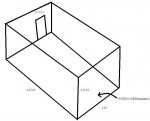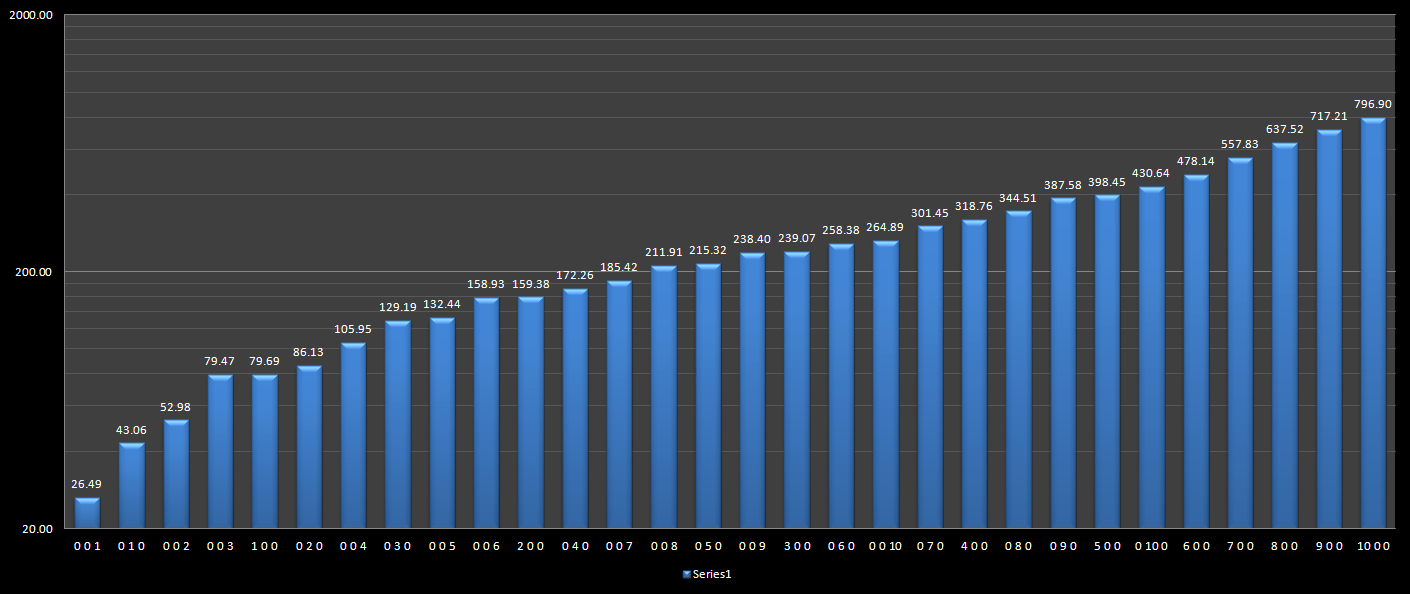Hey guys, I decided to build a home studio at my place, so now I am looking for a proper room to choose. This one is one of my basement rooms and here you have little description of it:
Lenght - 6,40 MWidth - 4 MHeight - 2,16 M
So my first question is, is height not too small? I am afraid 2,16 is not enough height for the sound waves to travel properly, so I think I will end up with not proper sound coming out of the monitors, am I right? Or maybe the height will not be a problem? I don't know too much about acoustics so I would like to ask for Your help FP users!
Here is a quick paint made pic for You to see how the room looks like

Lenght - 6,40 MWidth - 4 MHeight - 2,16 M
So my first question is, is height not too small? I am afraid 2,16 is not enough height for the sound waves to travel properly, so I think I will end up with not proper sound coming out of the monitors, am I right? Or maybe the height will not be a problem? I don't know too much about acoustics so I would like to ask for Your help FP users!
Here is a quick paint made pic for You to see how the room looks like

Last edited:


